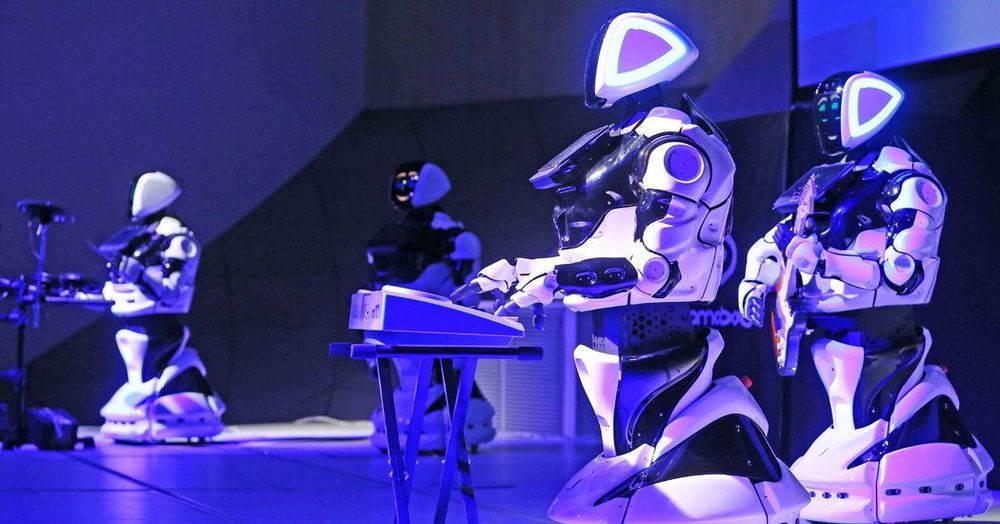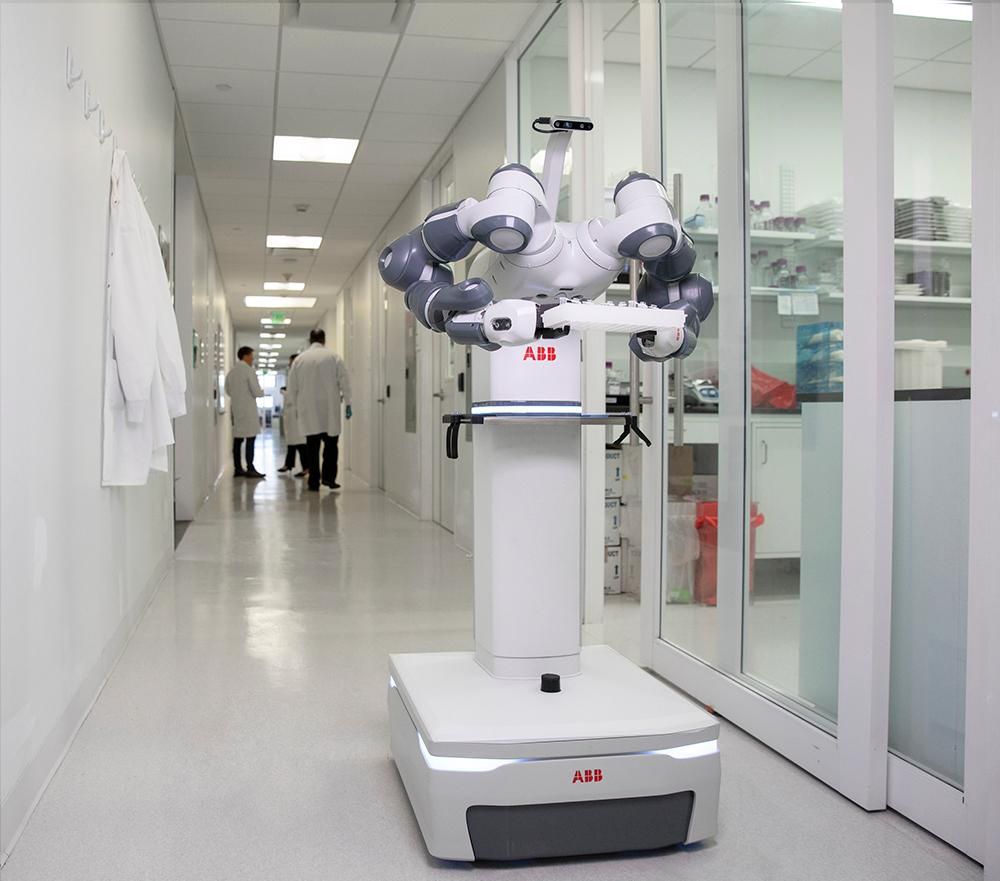Back in 2011 we looked at an array of small hexagonal plates created to serve as an electronic skin that endows robots with a sense of touch. The team responsible had placed 31 of these hexagonal “skin cells” on a small robot, but now they’ve gone a lot further, equipping a human-sized robot with 1,260 cells to create what they claim is the first autonomous humanoid robot with artificial skin covering its entire body – even the soles of its feet.
In the eight years since the original touchy-feely robot, Professor Gordon Cheng and his team at the Technical University of Munich (TUM) have refined the look of the individual sensor cells, but they still boast the same basic capabilities. They’re still hexagonal in shape, allowing them to be placed in a honeycomb arrangement, and they can still measure proximity, pressure, temperature and acceleration.
But the main hurdle the team faced in expanding the number of cells so as to fully cover a human-sized robot was computing power, and it’s here that the team is claiming a breakthrough. Continuously processing data from more than a few hundred sensors quickly overloaded previous systems, so the team took inspiration from an approach employed by the human nervous system.





